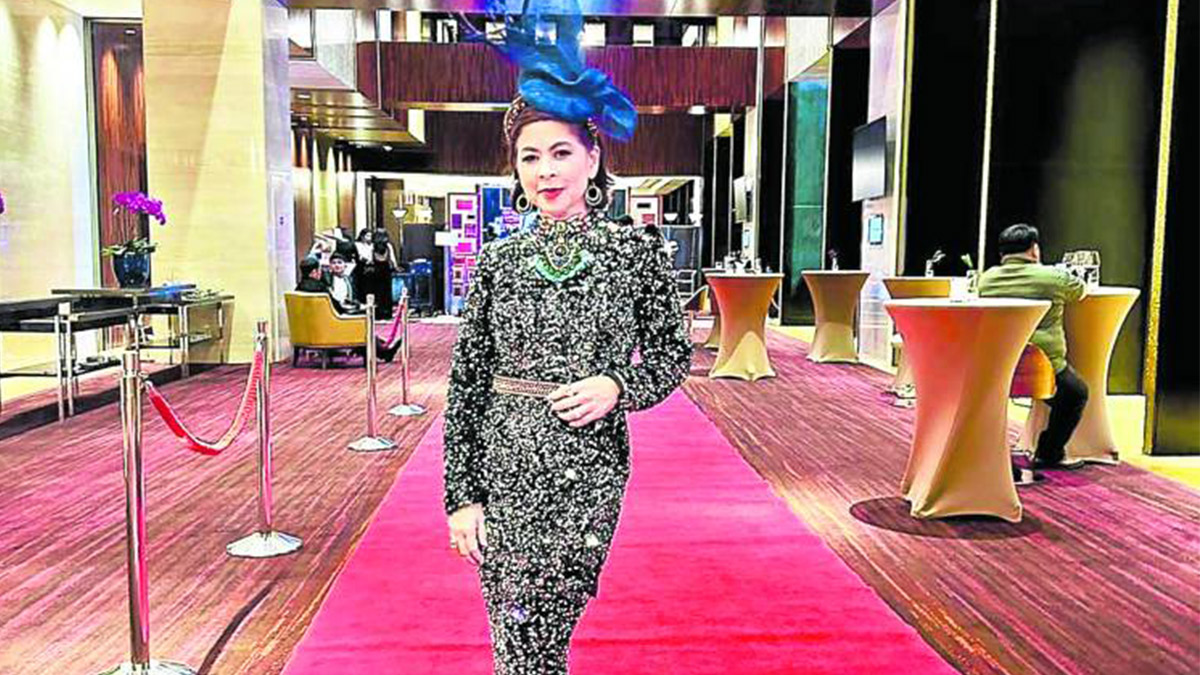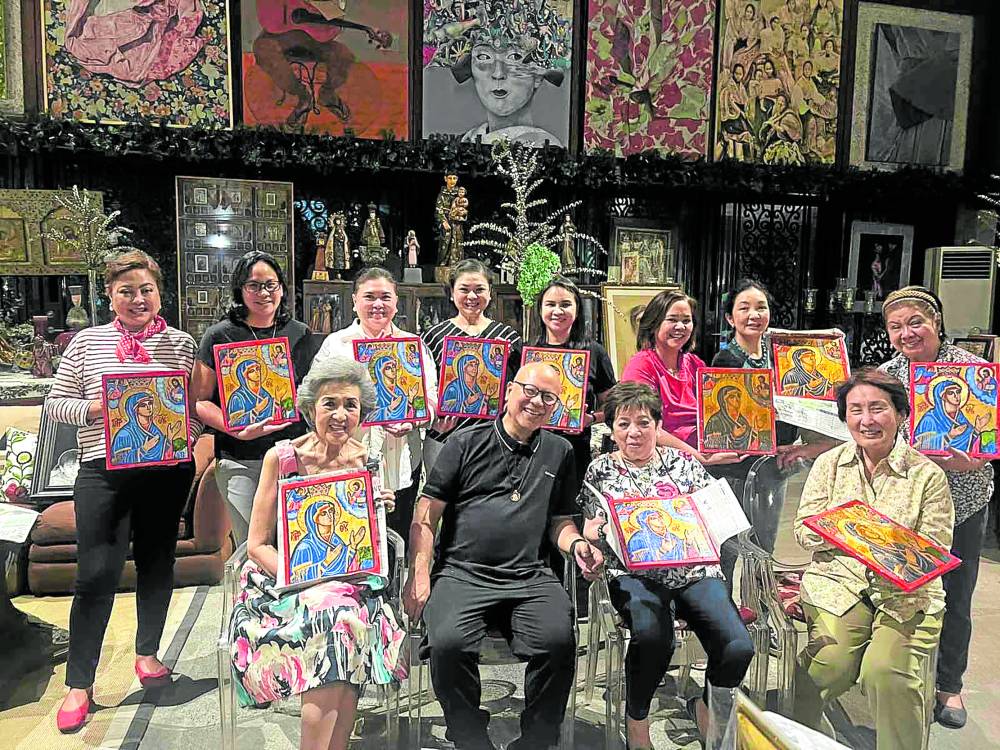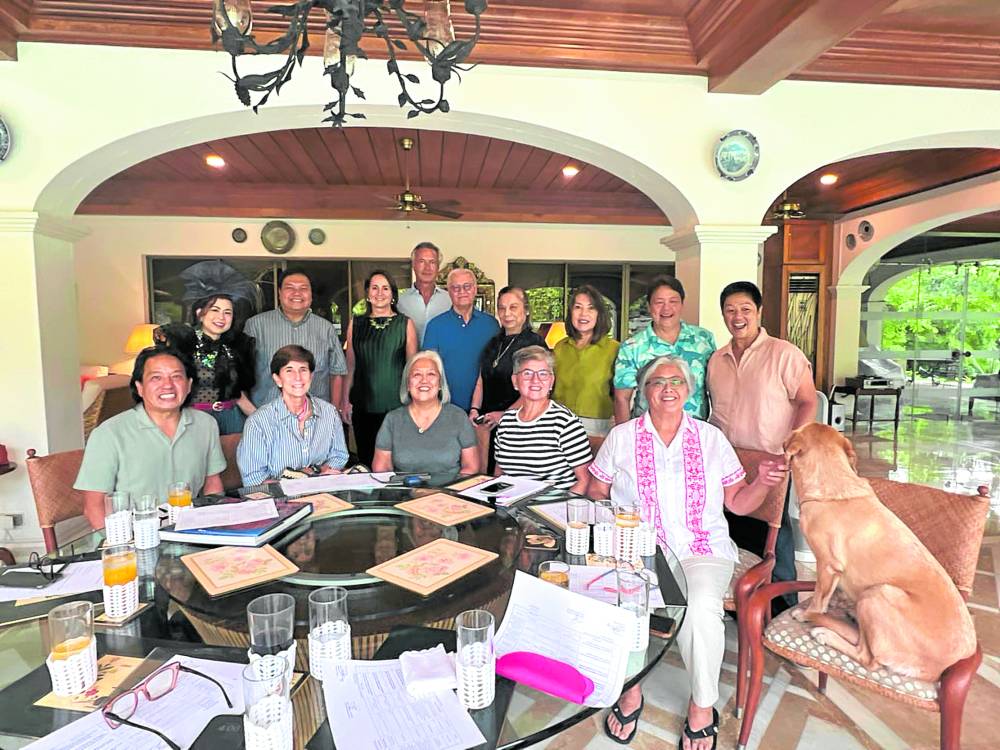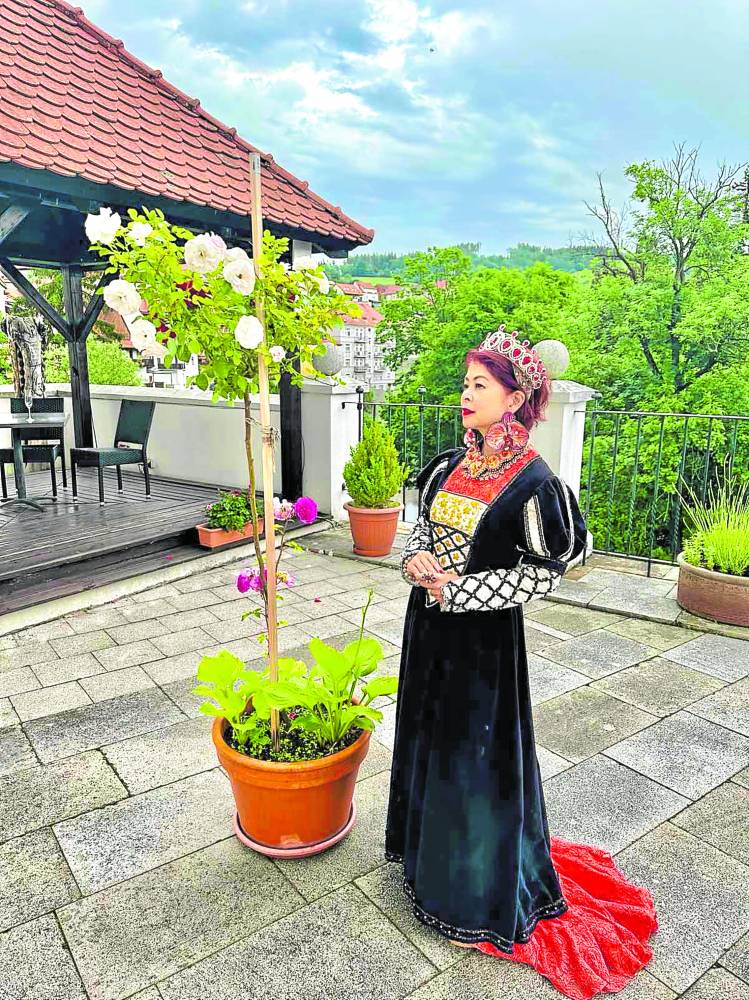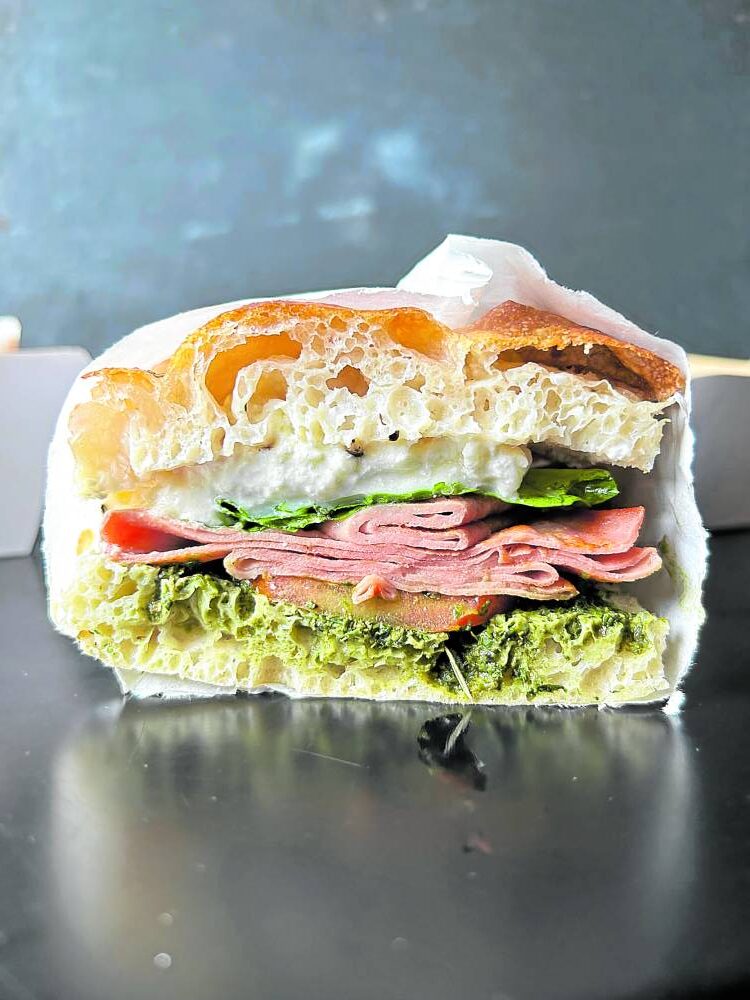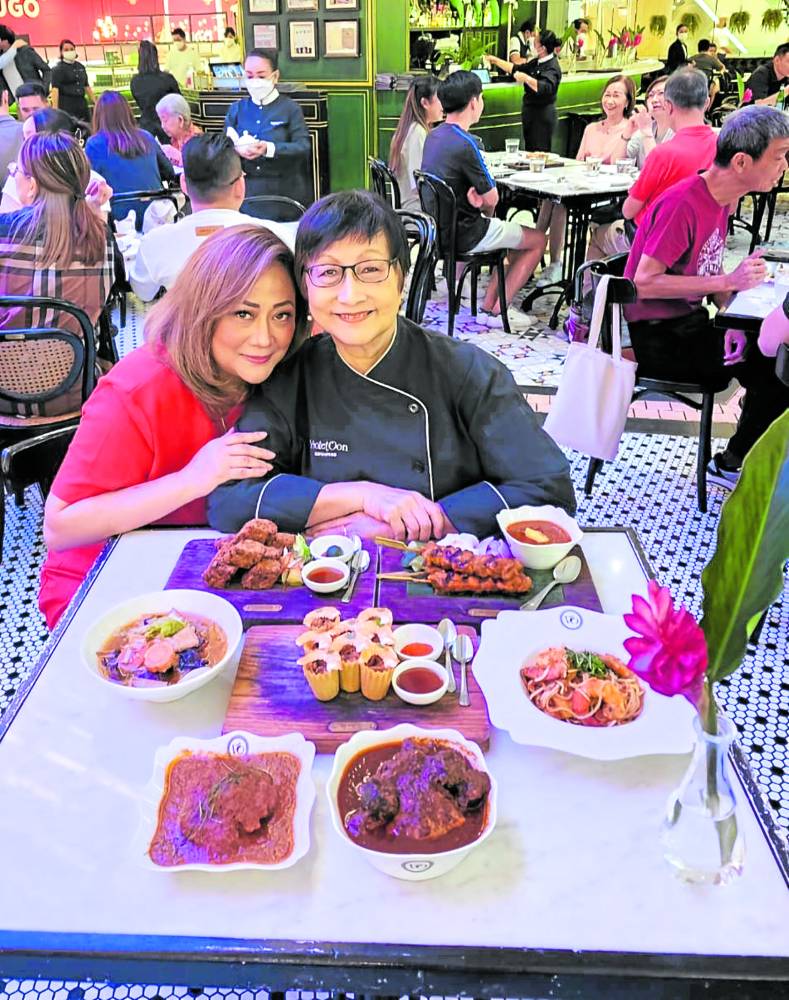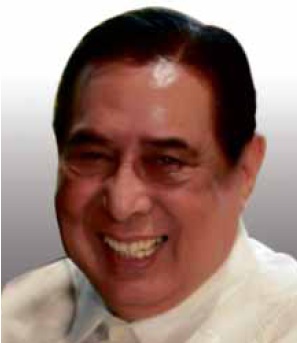
John P. Delaney, SJ—I first saw Fr. John P. Delaney, SJ, in 1949 at the Padre Faura campus, still war-torn amid rubbles caused by American bombings in 1945.
I enrolled at the Ateneo High School after graduating Grade 6 from the boondocks of Majayjay, Laguna.
Our classrooms were called quonset huts, half circular pre-fabs made of galvanized iron, built by US Army engineers as temporary quarters during World War II.
Fr. Delaney had a distinctive look—lean and tall, walking briskly, greeting students in his resonant baritone voice.
His face was oblong and bony, his forehead high and his chin pointed like a character straight from the famous novel of Charles Dickens.
In our class we used two mimeographed booklets, authored by Fr. Delaney, to fast-track our grammar and literary skills in English.
The first booklet was titled “24 common mistakes Filipinos commit in English.”
The other booklet contained beautifully written paragraphs, culled from famous American and British authors. We were assigned to imitate them everyday as our homework. From this imitative technique I learned to be imaginative in writing in my English 101.
More participative
Fr. Delaney created the Fish Club in Ateneo. He inspired its members to love Mass and communion by introducing the oral Mass, where the faithful say the responses and prayers aloud in Latin and English to make the Mass more participative.
The circular chapel in UP was initiated by Fr. Delaney when he was made chaplain of the state university. He initiated the building of the chapel designed by architect Lindy Locsin. The unique circular chapel fits Father Delaney’s vision of the Mass as the sacrificial altar in the center surrounded by the faithful who participate in the sacrifice of the Holy Eucharist.
Several national artists— painter Vicente Manansala, sculptor Napoleon Abueva and modernist Arturo Luz contributed their art to make the UP chapel a work of love.
While in UP, Fr. Delaney established the “Cana Conferences” to help young couples live their married life with the spirituality, loyalty and happiness of a Christian family.
Fr. Delaney died of a heart attach in the mid ’50s. He was buried like a rock star, with thousands of his followers accompanying his funeral. He was buried at the Jesuit novitiate in Novaliches.
Francis Parisi, SJ—In the mid-’50s I dropped out of school to nurse my ailing lungs. On weekends I stayed in my aunt’s house in Pasay and did some volunteer work at the Santa Clara Parish.
I met Fr. Francis Parisi, an Italian Jesuit, in the parish church where he said Sunday Masses. He came on Saturday afternoons to hear the confessions of a long line of parishioners. I was an acolyte in his Masses and he became my Father confessor. His English homily was delivered with a thick Italian accent.
Fr. Parisi was born and raised in Rome. He rode a Lambretta scooter (the type Audrey Hepburn and Gregory Peck rode in the movie “Roman Holiday”), a rare sight in Manila streets in the ’50s.
Sidetracked
Fr. Parisi belonged to the Jesuit China Mission, but was banned from entering China by the Communist government.
The China Jesuit missionaries were sidetracked to the Philippines to work on several assignments, among which was the establishment of Xavier school in San Juan, where many children from wealthy Chinese families studied.
Fr. Parisi was a clinical psychologist, and aside from doing parish assignments and teaching at the Ateneo Graduate School, he held a counseling clinic at Escolta.
During those times, I fell in love with one of the pretty girls who frequented the church, doing catechism work with children. She was a colegiala, and I admired her spirituality—she was a daily Mass and communion goer.
We did a lot of parish work together, but I concealed my love for her. I was only a student then, and I believed that if I were to declare my love to a girl, I first had to have a job and salary so I could ask her to marry me.
One day I learned that the girl of my dreams wanted to be a nun and would enter the nunnery in two months’ time. My whole world collapsed. When I asked her about it, she confirmed her vocation. My whole world collapsed again. For weeks, I nursed a broken heart, so I decided to seek counsel from Fr. Parisi.
Late one afternoon I went to Chavanel Hall, a cluster of quonsel huts where the Jesuit China Mission had temporary quarters. Chavanel was located in a sprawling cogon-filled piece of land on Highway 54 (now Edsa), where SM Megamall now stands. Fr. Parisi welcomed me, and I told him about my sadness, hoping he’d help me mend my broken heart.
He asked me if I had talked to the girl and declared my love. I said no, and he said, “Good! Don’t tell her.”
He had classes that afternoon and he excused himself, but he brought me to his room and said I could lie in his bed, and he would come back for me. I was tired and lonely and must have slept on his bed for one hour. I woke up as soon as he came back. “You ok?” I answered weakly, “Yes, Father.”
That short visit and that one-hour nap helped me recover from my broken heart. It was no big deal for Fr. Parisi.
Years after, I met him and I told him that I had found a job in advertising, creating TV and radio ads. He said, “Ah, your mind will be preoccupied with convincing people what products to use.”
I felt down when I learned that Fr. Parisi died of a heart attack in the mid-’60s.
I took time out to visit his wake in Mary the Queen Parish. It was mid-afternoon and the church was silent and empty, his coffin in the middle of the aisle.
There he lay in deep sleep, his countenance at peace, and whitened like those ivory statues of saints that adorn sour churches.
E-mail the author at [email protected].











